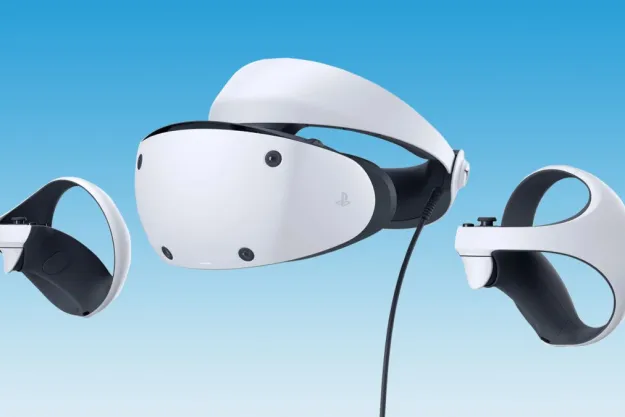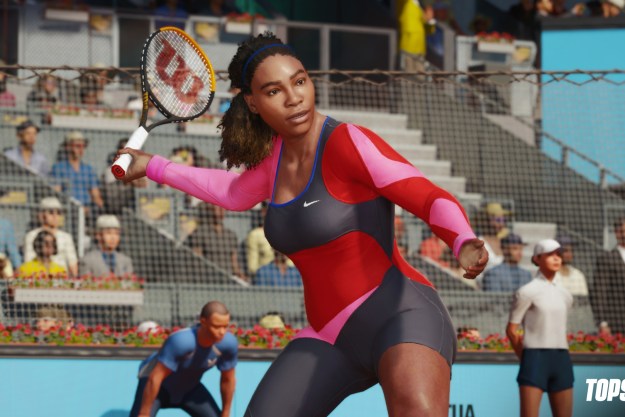
In the world of pure racing games, there are two distinct approaches that have proven successful over the years: Ultra-realism (a la Gran Turismo) and arcade-style gameplay focused on speed, massive jumps and a vague flirtation with physics only when it doesn’t interfere with a player’s enjoyment. Over the past decade developer Criterion Games has been the king of the latter style, and their most beloved effort in that vein was the open-world racer Burnout Paradise. That game combined a giant play area with literally hundreds of different diversions to enjoy, and the result was an intensely addictive gameplay experience for anyone who didn’t mind that their car wasn’t officially licensed and didn’t exactly adhere to Isaac Newton’s ideas of how things work.
Since Burnout Paradise was released in 2008, Criterion was brought into the EA family of software developers, which is crucial for two key reasons: first, it gave the firm the money to build even bigger, better games, and secondly, it meant that Criterion would have access to EA’s Need for Speed series of racing games, which, at the time, were languishing. The developer’s first effort in this new capacity was Need for Speed: Hot Pursuit, a reimagining of a title from 1998 that was an instant success, earning a spot as the most critically beloved of the NFS titles.
That’s a pretty massive pedigree to live up to, but after playing Need for Speed: Most Wanted a few moments ago, I have immense faith in the developer’s latest title.
I mentioned Burnout Paradise above specifically because NFS: Most Wanted feels a lot like that game. It contains a wide-open world, offers tons of things to do, looks gorgeous, and most crucially, has entertaining, accessible, slightly unrealistic, arcade-style controls. That said, it also trumps Paradise both aesthetically and by virtue of its surprisingly large selection of actual, licensed vehicles. Criterion wouldn’t tell me exactly how many different models the game contains, but in my short time with the game I saw a dozen different cars roaming the streets.
Granted, the garage won’t compete with Gran Turismo’s 400+ vehicles, but it isn’t supposed to; the cars represented here have been selected because they’re gorgeous, expensive, unattainable for the common person, and really, really fun to drive at high speed. Likewise, they’re also very fun to smash into things. Criterion made its name with the Burnout series and while NFS: Most Wanted seems far more focused on actually racing than crashing in spectacular ways, when you do smash up your ride (or someone else’s) the game enters an exceedingly cool slow-motion cinematic mode that captures the destruction with almost pornographic affection. Then, a few moments later, the camera snaps back into the action and you’re racing again. It’s a momentary diversion, but this game is at least partly based on spectacle and it has that in spades.
More crucially however, the game offers what seems like months of gameplay. Imagine all the various objectives in Burnout Paradise, but with social interactivity akin to that seen in Trials Evolution. Everything you do in NFS: Most Wanted, online or offline, is tracked to a ridiculous degree and these stats are posted in-game for your friends to see. In lieu of a hackneyed storyline, the ultimate goal of Most Wanted is to become the “most wanted” among your social group by besting all of their various scores. Sure, it’s a simple gimmick that’s been driving gamers since the days of Asteroids, but as the aforementioned Trials Evolution proves, when coupled with short, spectacular objectives, a race for ever-higher scores can be intensely addictive.
Unfortunately I was only offered a limited amount of time with the game, so I didn’t get to explore it to the degree I would like, but given that I’m currently typing this while wishing that I was still smashing through billboards and jumping over freeways in a Lamborghini Aventador should indicate something about the impression it made. The game hits Xbox 360, PlayStation 3 and PC on October 30, 2012, and fans of both racing, and elegantly crafted, entertaining arcade-style video games should keep their interest piqued.


